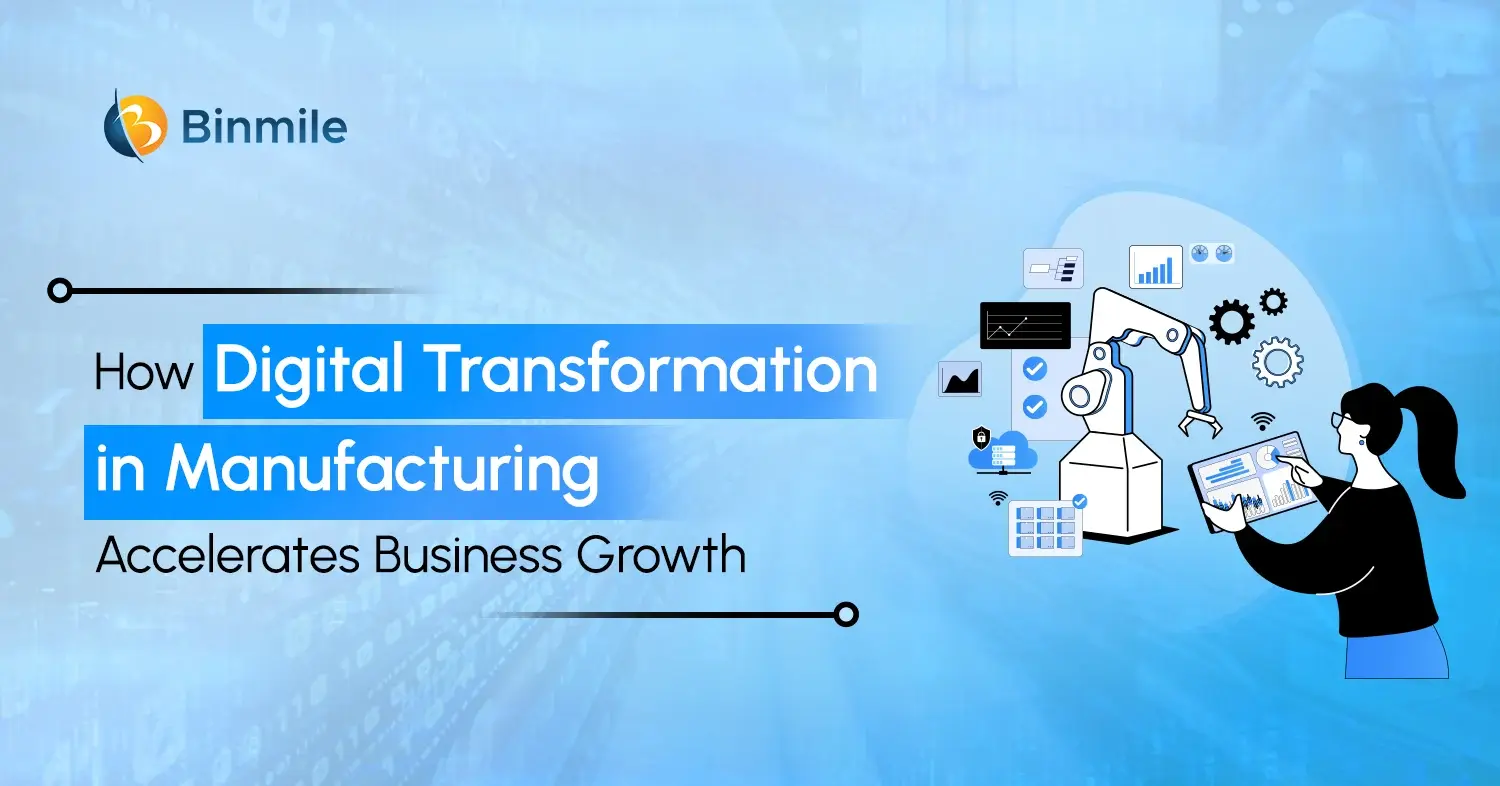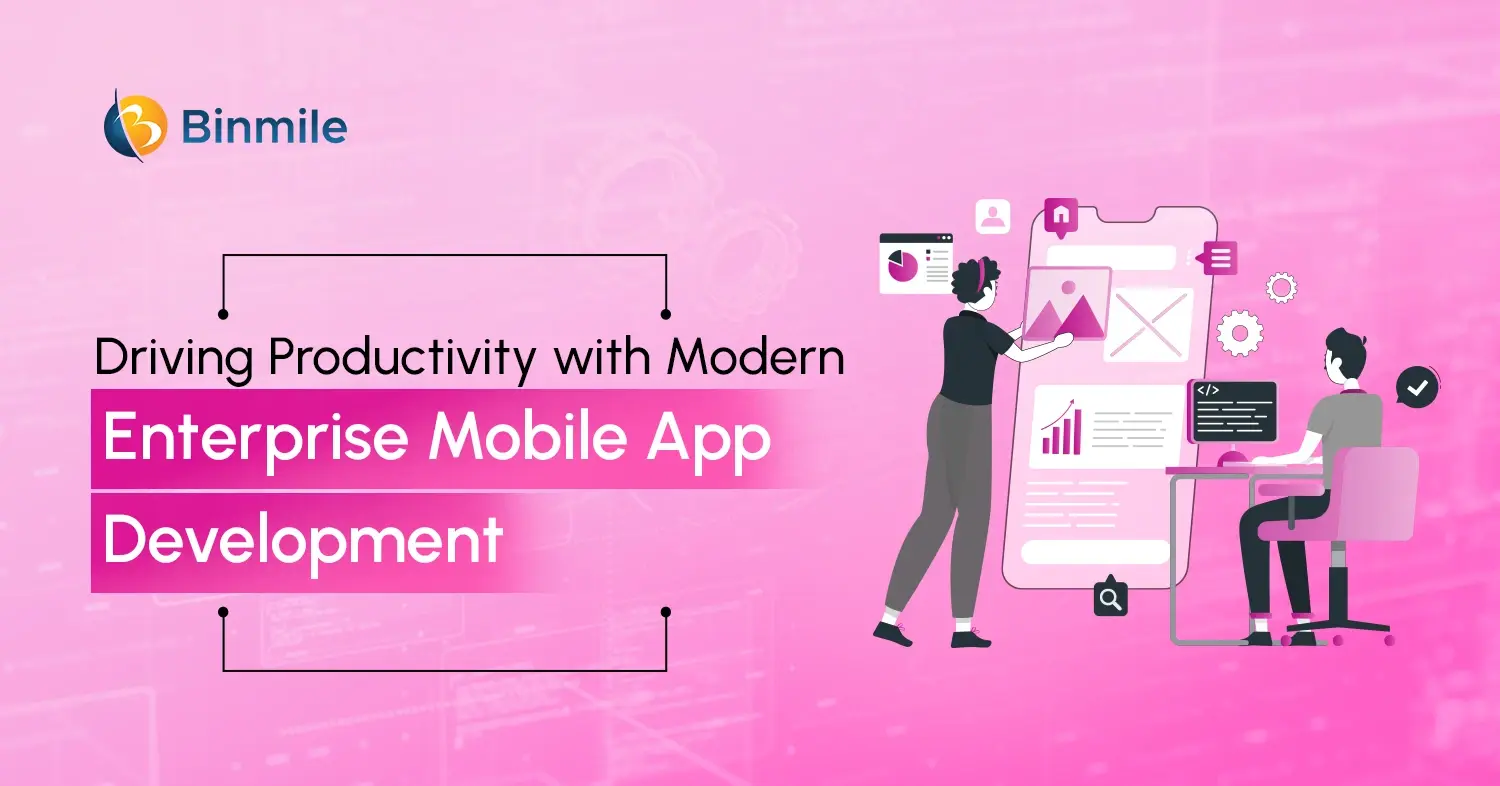Do you know, there are more than 50 million websites, including LinkedIn, Google, eBay, Stack Overflow, and Amazon, written extensively using a unique language? It is Java that almost every developer prefers as an object-oriented language for web development projects for various reasons. Famous for its ‘Old is Gold’ kind of reliability, Java is superb for offering Android apps, Big Data, cloud computing, and Machine Learning projects. Business enterprises are inclined toward Java development due to Java frameworks tools that come with pre-written codes. Frameworks work as a template to create an app by filling codes used by developers. When it comes to developing a faster, easier, and better website, Java frameworks for web development matter the most. Look at selective popular Java frameworks of 2022 that will give developers an edge.
Unique Java Frameworks Make Developers Life Easier
The best part of any Java framework is that it helps developers focus on business logic rather than worry about standard codes. If you are opting for the most reliable and superb Java frameworks for accomplishing your next web development project, these options can give you an edge.
Spring
Spring Java framework is the absolute leader among all Java frameworks. Developers go for this framework’s simplicity, speed, and productivity for quickly building enterprise-level and high-performance complex web apps. Spring MVC and Spring Boot make reactive, modern, reactive, and cloud-ready. Features like dependency injection, aspect-oriented programming, and detach modules make Java framework a big fit for the tech stack of many tech giants like Microsoft, Netflix, Amazon, and Google.
- Ratings on GitHub – 45.8k stars
- Pros: Backward compatibility and easy testability; extensive documentation and multiple tutorials; huge ecosystem (Spring Boot, Spring Cloud) and community; supports modularity (with lots of packages and classes), and POJOs (Plain Old Java Objects) for the simple and flexible codebase
- Cons: Not so easy configuration and steep learning curve
Hibernate
Like the Spring framework, Hibernate is also a main Java web framework. Hibernate is an Object/Relational Mapping) framework for Java to write queries to the database server. Most developers prefer to go with Hibernate owing to its communication and stability. Although Hibernate is not a full-fledged framework, it converts information easily for various databases. It is a powerful, fast, easily scalable, and customizable option for Java developers. Moreover, the framework is free and has been favored by brands like IBM, DAILY HOTEL, and Dell in their tech stacks.
- Ratings on GitHub – 4.8k stars
- Pros: Easier communication with any database; DB independent; caching instrument to bug catalog; N+1 or sluggish loading support; and low data loss risk
- Cons: Possibility of data loss when the power goes off and extreme slow restarting
Blade
Blade is a lightweight Java 8+ MVC framework that catches all eyes due to its source code’s lightness and size and a RESTful-style interface routing. It is suitable for building unique user interfaces (UIs) and developing web apps. It enables you to start your projects without adding an external server or multiple dependencies. Similar to a React Native framework, Blade Java is simpler and resilient. Moreover, its modularity supports Java 9 but has no invasive interceptors.
- Ratings on GitHub – 5.5k stars
- Pros: Embedded jetty server and template engine support; lightweight; modular; RESTful style routing; supports JDK 1.6 and up; support for plug-in extensions, and support for web jar resources
- Cons: Helpful in creating only small MVC applications and Chinese language used for documentation
Play
Play is another lightweight framework to build web apps with Scala and Java. Designed for changing web and mobile app needs, it ensures minimal resource consumption. It bases on web-friendly, MVC pattern, stateless, and lightweight architecture. That is why it offers good quality, speed, and scalability. It has asynchronous APIs for scaling apps without presenting additional resources. Moreover, it provides outstanding support to microservice patterns.
- Ratings on GitHub – 11.9k stars
- Pros: Built on Netty; supports non-blocking I/O; easy debugging; handling error in dev mode for compile and runtime errors; hot code reloading for efficiency improvement; open-source, pluggable, configurable, flexible, and customizable
- Cons: A rewrite of the Play 1 and Built around async I/O
![]()
Grails
Grails is another popular Java framework that is open source and uses the Apache Groovy language. Moreover, the framework follows the “coding by convention” paradigm. This consistent framework is compatible with Java syntax and serves as a standalone development environment. Based on the MVC design pattern, this framework re-uses existing Java technologies under a single interface with plenty of documentation. It also lets you create apps with advanced web interfaces. Grails includes three variations:
- Ratings on GitHub – 2.6k stars
- Pros: No XML configuration is necessary; ready-to-use environment; and functionality available through a mixin
Wrap Up
Developers have used all mentioned-above Java frameworks to build interactive web and mobile apps for many years. Using these five frameworks, they will continue to get better and fast outcomes in 2022. You can make the most out of your next project by taking consulting expert Java developers.
You can choose any of the five frameworks. Here, the main thing you need to check out is to pick up the most suitable framework that matches your business needs for a particular project.









